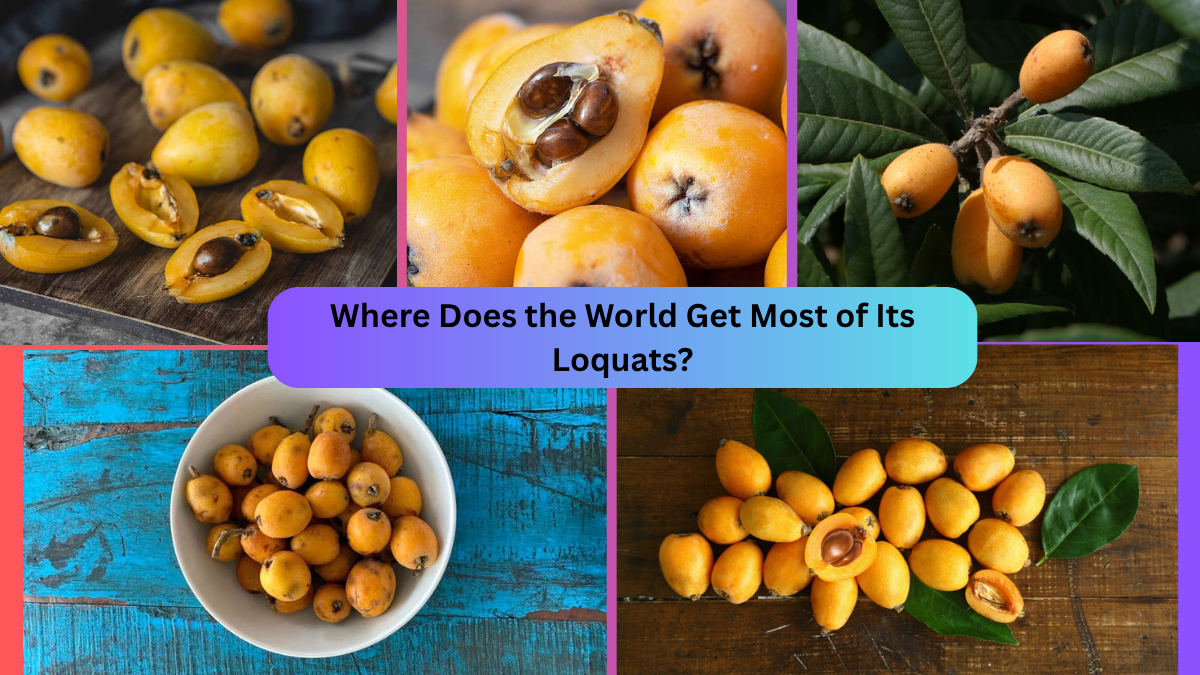When spring arrives in certain parts of the world, market stalls and orchards fill up with an exotic, vibrant orange-yellow fruit called the loquat. With a unique, tangy-sweet flavor and impressive health benefits, loquats have long been cherished in East Asia, the Mediterranean, and select subtropical regions globally.
As demand for tropical and wellness-enhancing fruits increases worldwide, so does curiosity about where these fruits are grown. So — where does the world get most of its loquats? In this article, we’ll explore the major loquat-producing countries, their export dynamics, and how this delightful fruit makes its way into international markets.
What Is a Loquat?
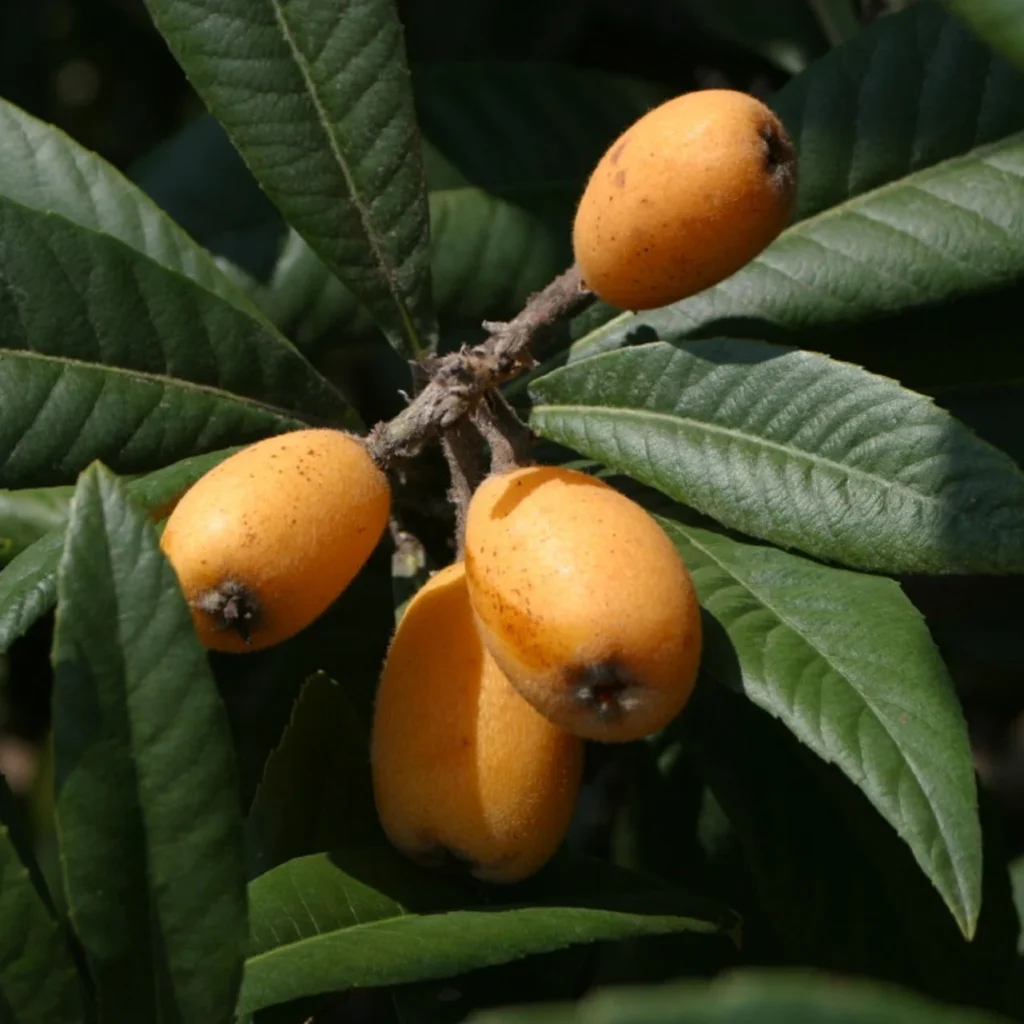
Before we track where loquats come from, let’s understand what makes them so special.
Loquats (Eriobotrya japonica) are small, oval to pear-shaped fruits native to southern China. They have thin, orange-yellow skin, juicy, aromatic flesh, and large brown seeds in the center. The flavor is mildly sweet and tangy, often described as a blend of apricot, peach, and citrus.
- Harvest Season: March to June
- Nutritional Benefits: Rich in vitamins A and C, dietary fiber, potassium, and powerful antioxidants
- Uses: Eaten fresh, made into jams, jellies, syrups, wines, and traditional herbal remedies
Which Country Supplies the Most Loquats?
China — The Birthplace and Biggest Supplier
When it comes to loquats, China is the world’s undisputed leader. As the fruit’s native land, loquat cultivation has flourished here for over 2,000 years, becoming deeply ingrained in both cuisine and traditional medicine.
China’s Loquat Industry at a Glance:
- Annual Production: Approx. 700,000 to 900,000 metric tons
- Primary Growing Provinces:
- Fujian (renowned for its early-harvest, premium loquats)
- Guangdong
- Zhejiang
- Sichuan
- Jiangxi
China grows over 75% of the world’s loquats. Most are consumed domestically, but China is also a significant exporter of processed loquat products such as loquat syrup, jams, preserves, and dried loquats — highly popular in Asian and herbal markets worldwide.
China’s Export Markets:
- Hong Kong
- Singapore
- Malaysia
- Taiwan
- Small volumes to North America and Australia
Fresh loquat exports from China remain limited due to perishability, but processed loquat products enjoy strong demand globally.
Other Major Loquat Producing and Exporting Countries
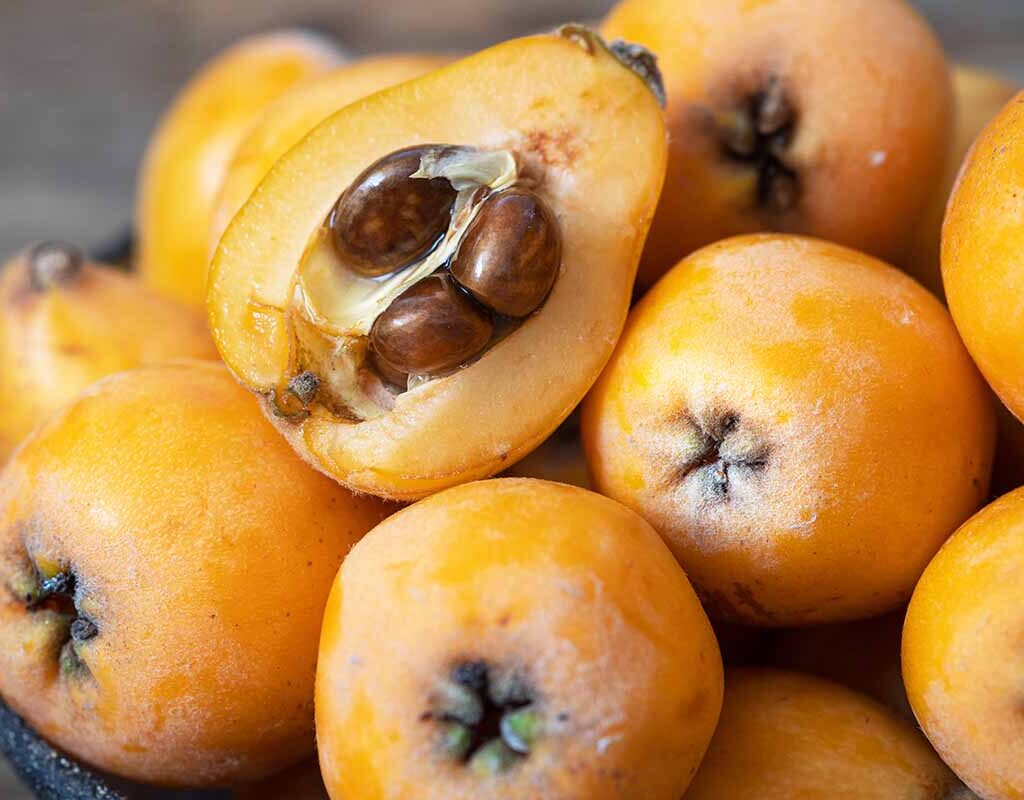
While China is the largest producer, several other countries cultivate loquats for both domestic consumption and international export.
Japan — The Symbolic Loquat Country
Japan has cultivated loquats (known locally as biwa) for over 1,000 years, and it holds a unique reputation for producing high-quality, premium loquats. Japanese loquats are known for their flawless appearance, tender flesh, and delicate sweetness.
- Annual Production: Approx. 20,000–25,000 metric tons
- Key Regions:
- Nagasaki
- Kagoshima
- Ehime
Exports:
While most are consumed domestically, Japan exports small quantities of premium fresh loquats to:
- Taiwan
- Hong Kong
- Singapore
High-end Japanese loquats are often packaged beautifully and sold as luxury gifts, commanding premium prices in Asian markets.
Turkey — Europe’s Top Loquat Source

Turkey is Europe’s largest loquat producer and one of the primary fresh loquat exporters.
- Annual Production: Approx. 17,000–20,000 metric tons
- Major Growing Areas:
- Antalya
- Mersin
- Adana
Exports:
Turkey supplies fresh loquats to:
- Germany
- France
- Netherlands
- Middle Eastern countries
- Russia
Thanks to its strategic location and long growing season, Turkey remains a crucial supplier of fresh loquats to European and Middle Eastern markets.
Spain — Mediterranean Loquat Hub
Spain is a leading European producer of loquats, especially in the Mediterranean province of Alicante.
- Annual Production: Approx. 12,000–15,000 metric tons
- Key Growing Region:
- Callosa d’en Sarrià — known for its Denomination of Origin (DO) certified loquats
Exports:
Spain exports fresh loquats across Europe, primarily to:
- France
- Italy
- Germany
- United Kingdom
Spanish loquats are known for their rich flavor, firm texture, and early season availability.
Italy — Small but Quality Producer
In southern Italy and Sicily, loquat trees thrive in warm Mediterranean climates.
- Annual Production: Approx. 5,000–7,000 metric tons
- Consumed mostly locally with some exports to nearby EU countries.
How the World Sources Its Loquats
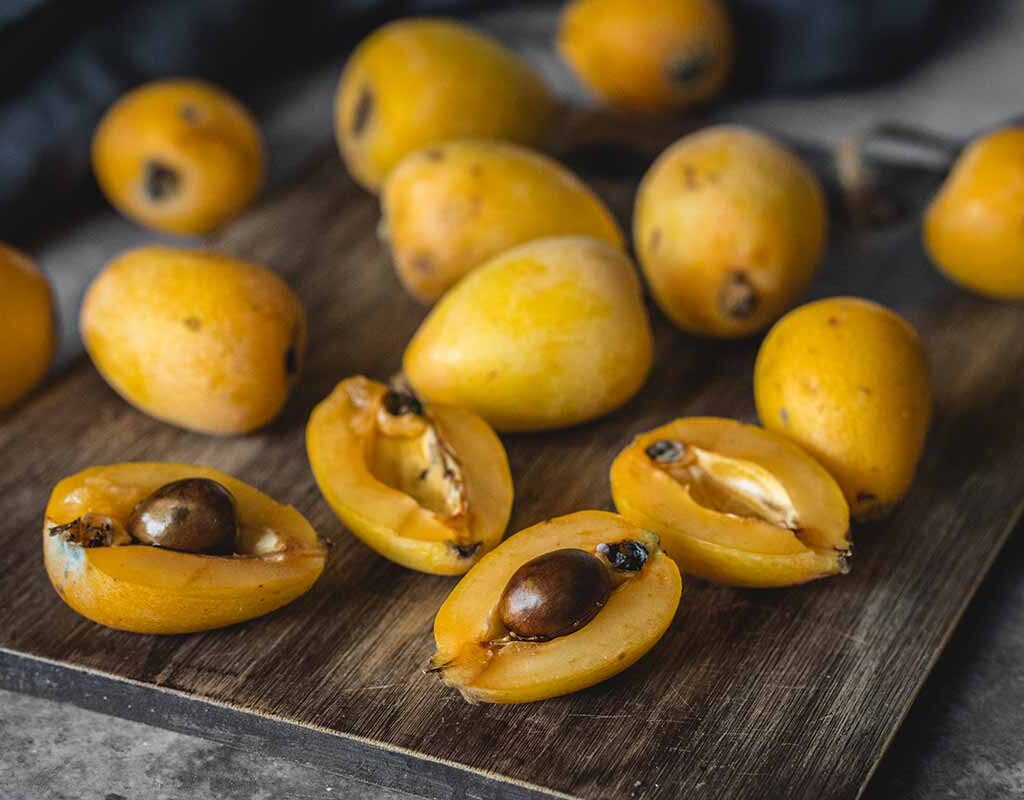
Because loquats are highly perishable, fresh exports are limited. Only regions close to producing countries or with efficient cold-chain logistics import fresh loquats regularly.
Fresh Loquat Imports:
- China’s fresh loquats are mostly enjoyed domestically but occasionally exported to Hong Kong, Singapore, and Malaysia.
- Turkey and Spain supply fresh loquats within Europe and to select Middle Eastern nations.
- Japan exports limited quantities of luxury-grade loquats to premium Asian markets.
Processed Loquat Products:
Processed forms extend loquats’ shelf life and allow global distribution:
- Loquat syrups and herbal teas (China leads)
- Loquat preserves and jams (Spain and Turkey)
- Dried loquats (China)
Approximate Global Loquat Supply Table
| Country | Annual Production (Metric Tons) | Key Export Markets |
|---|---|---|
| China | 700,000–900,000 | Hong Kong, Singapore, Taiwan |
| Japan | 20,000–25,000 | Taiwan, Hong Kong, Singapore |
| Turkey | 17,000–20,000 | Germany, Russia, France, UAE |
| Spain | 12,000–15,000 | France, Italy, UK, Germany |
| Italy | 5,000–7,000 | EU Countries |
Why Global Demand for Loquats Is Rising
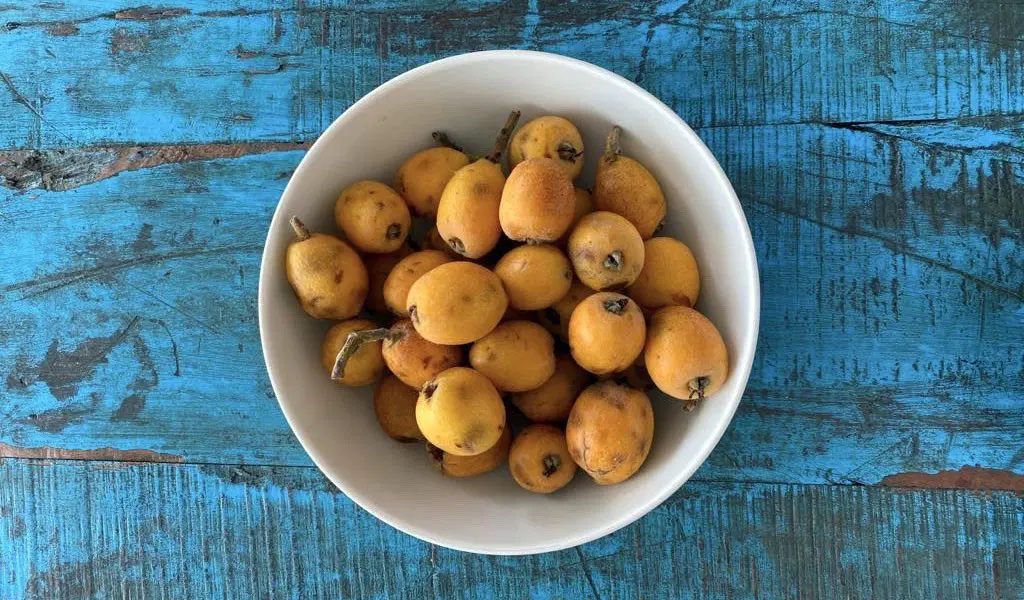
The global appetite for exotic, nutrient-rich fruits has led to increasing interest in loquats. Key reasons include:
- High Vitamin A and C content
- Antioxidant and anti-inflammatory benefits
- Use in traditional herbal medicine (especially loquat leaf tea and syrup)
- Unique flavor and culinary versatility
- Popularity in wellness and natural health markets
Loquat syrups and teas are increasingly stocked in specialty health food stores, especially in North America, Europe, and Australia.
Challenges in Global Loquat Trade
Despite rising demand, there are hurdles:
- Short shelf life: Fresh loquats spoil quickly, limiting export potential.
- Fragility: Delicate skin makes them prone to bruising.
- Logistics: Need for fast, temperature-controlled transportation.
- Limited awareness: Outside Asia and the Mediterranean, loquats are still a niche product.
Conclusion: Where Does the World Get Most of Its Loquats?
China supplies the majority of the world’s loquats — producing over three-quarters of the global harvest. Most are consumed locally, but China also exports processed loquat products widely.
Turkey, Spain, and Japan are the key suppliers of fresh loquats to Europe, the Middle East, and premium Asian markets. As demand grows for exotic, vitamin-rich, and antioxidant-packed fruits, global interest in loquats is likely to rise.
If cold chain technology and logistics improve, expect to see loquats featured more frequently in international markets and health-conscious diets around the world.
